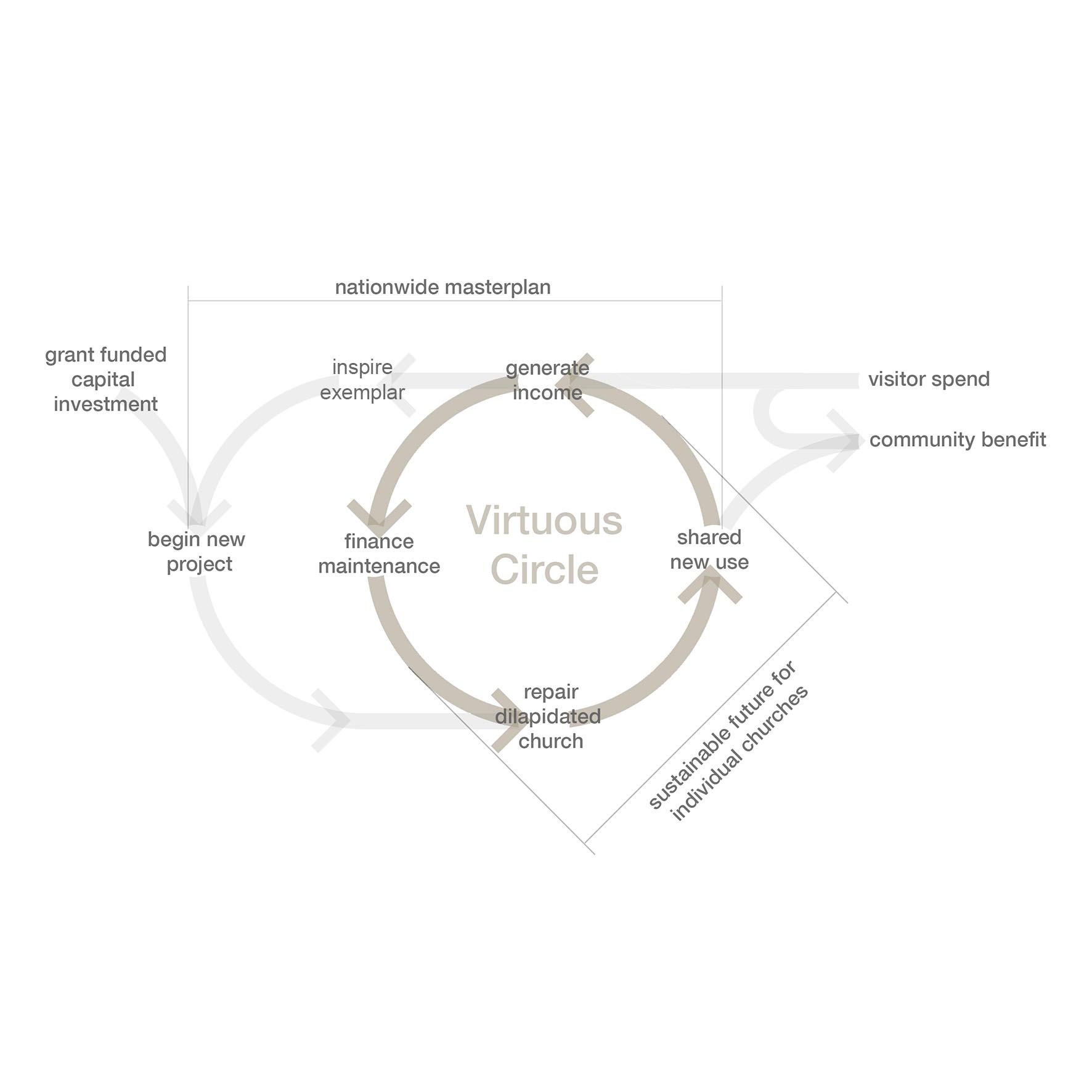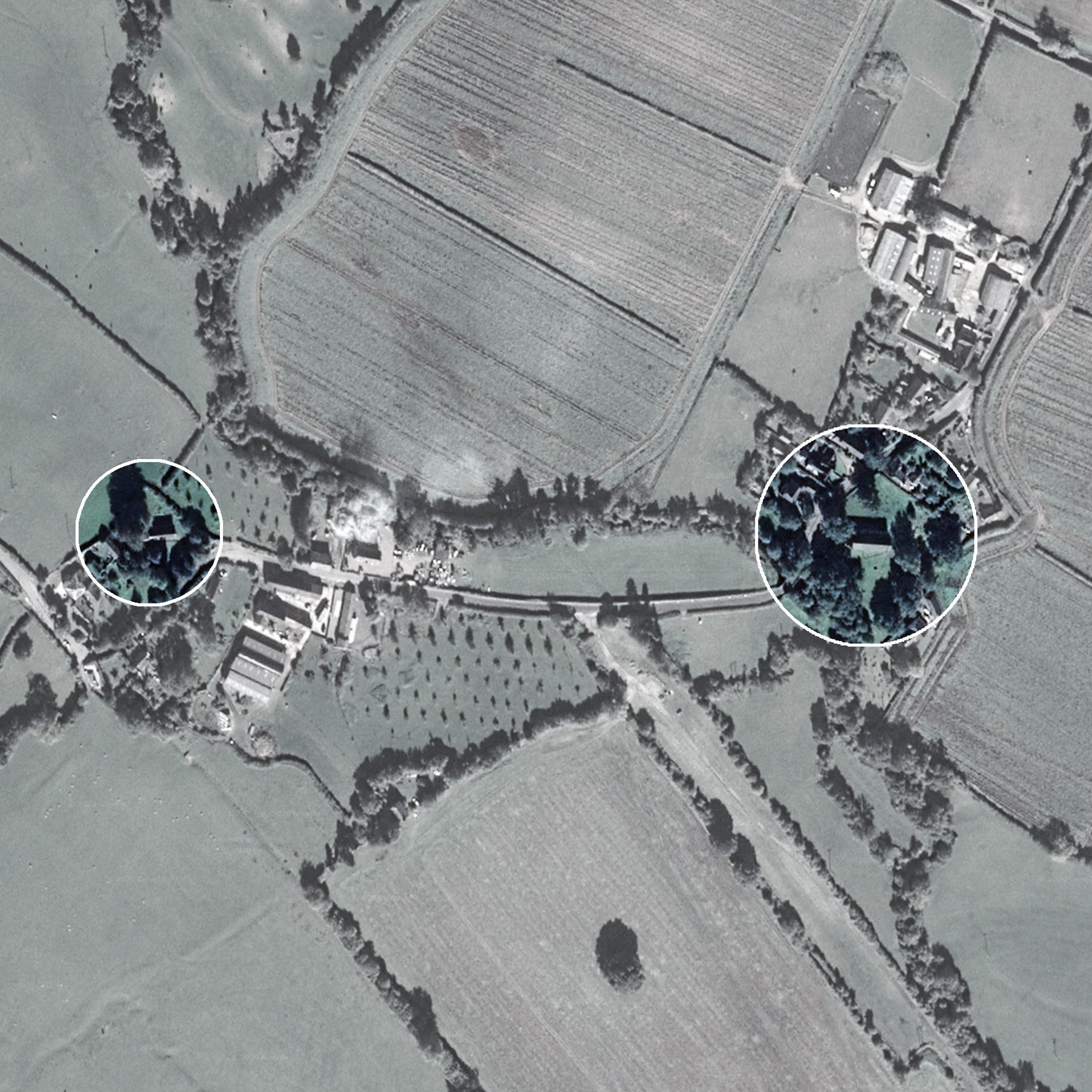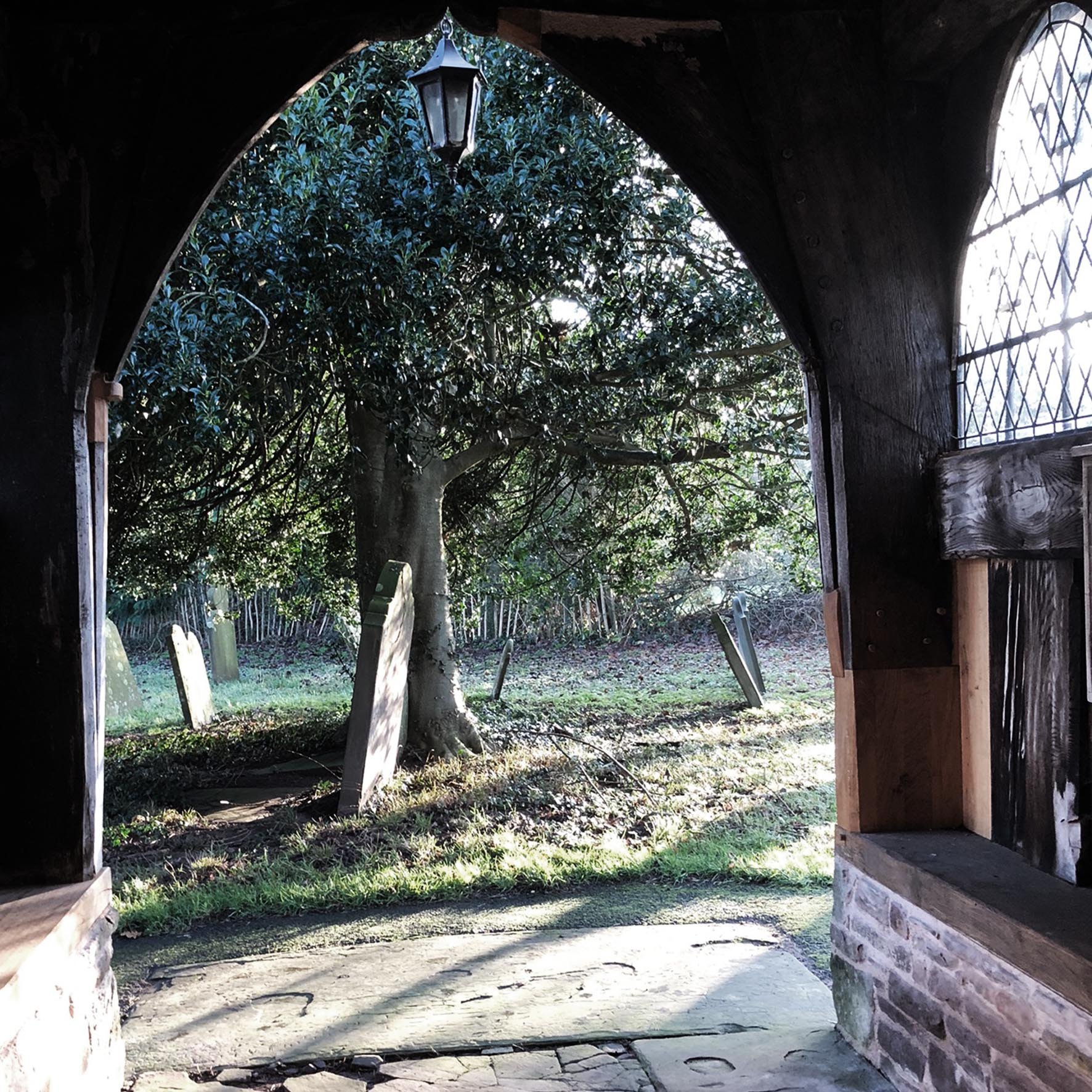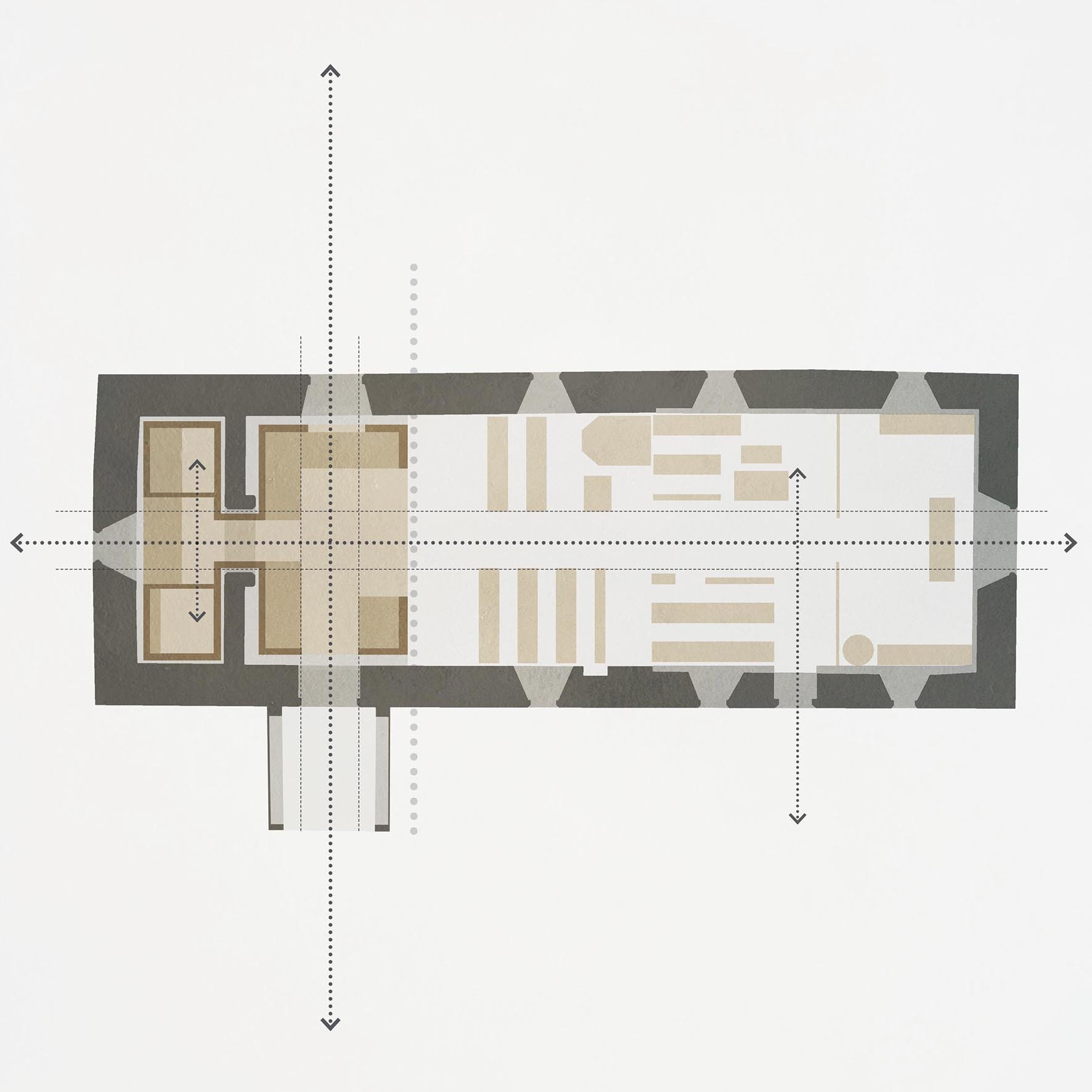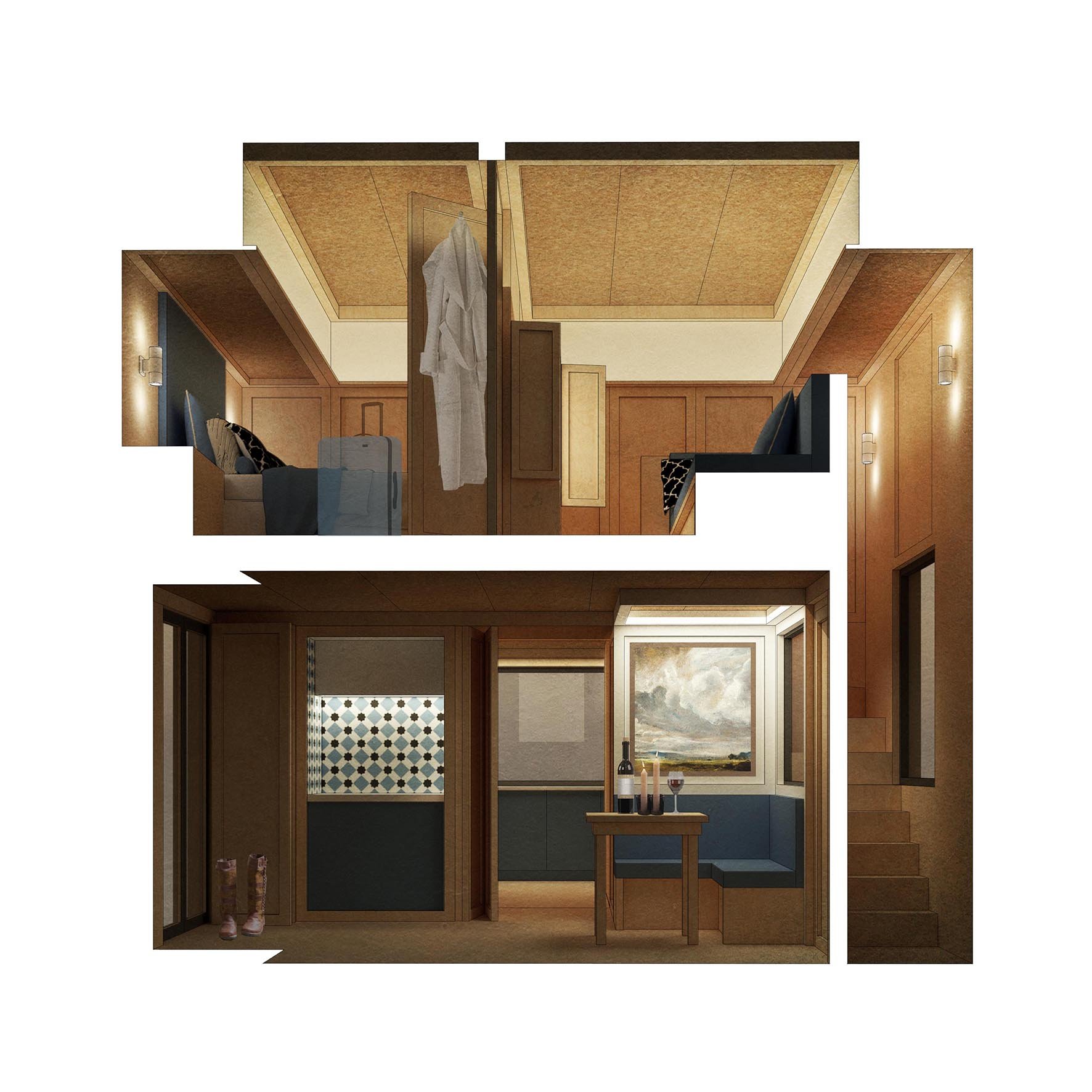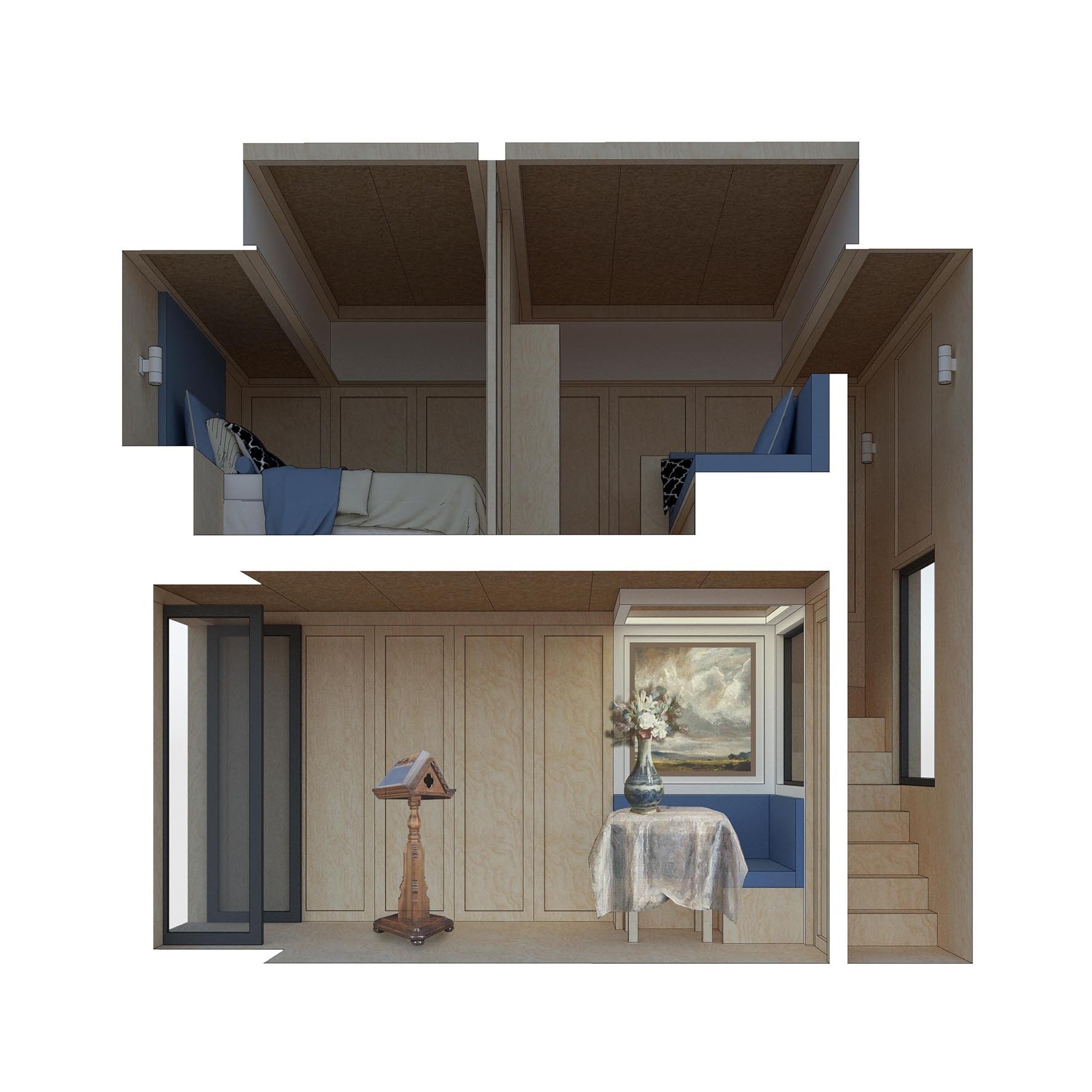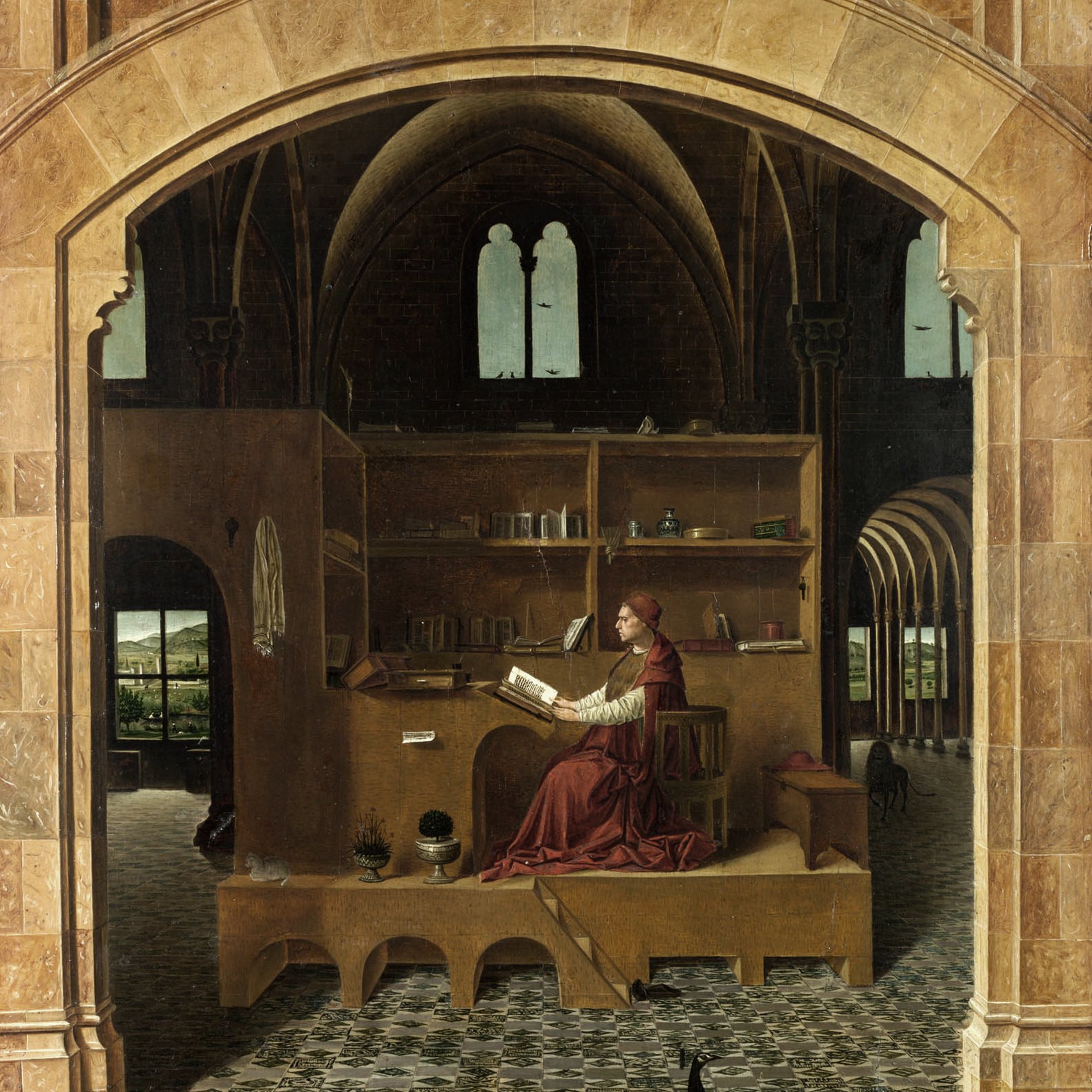The Virtuous Circles project is a Church of England initiative developed to help resolve the challenge of maintaining empty churches in rural locations where they face the threat of deconsecration, sale or demolition. Of the 16,000 churches within the Church of England, more than 12,000 are listed buildings, approximately 9,000 are in rural or remote locations, and approximately 4,000 have fewer than 20 regular worshipers. Finding a revenue generating future for these buildings that will remove the burden of their upkeep from the clergy is considered by some to be the most important conservation challenge of the coming generation.
Working within the Diocese of Hereford, Virtuous Circles is a concept that will allow these assets to look after themselves; to generate an income to finance their own upkeep, and install the infrastructure that will support community uses, without leaving the ownership of the wider Church. This takes the form of lightweight and sustainably designed timber pods sensitively sited within the under-used areas of the nave. The design respects the unique characteristics of church spaces as places for prayer, contemplation or congregation, and draws precedent from the wealth of imaginative church furniture of all ages, displayed across the Church of England’s 16,000 sites.
The eco-pod proposals are innovative, sympathetic, low energy, and most importantly, easily replicable and almost completely reversible. They support multiple new uses for any church, in any context, and of any size. It means that churches can remain open and available to all – a progressive and collective resource for every community.
Connolly Wellingham are working with the Herefordshire Churches Tourism Group and the Churches Conservation Trust on a pilot project for the Virtuous Circles concept at Grade II* listed St. Mary Magdalene, a small church nestled amongst the peaceful hills of Herefordshire’s ‘Golden Valley’. The simple stone structure is typical of a single-cell medieval arrangement, with a timber clad bellcote and oak porch adding figurative character to the modest church. Much of the surviving fabric dates to phases of construction in the 13thC and 15thC, with notable furnishings from the 17thC and monuments from the 18thC.
The project proposes the installation a low-energy and reversible ‘eco-pod’ in the west end of the nave at St.Mary, creating a space for spiritual retreat, contemplative respite and pilgrimage. The scheme will generate revenue to safe-guard the future upkeep of the historic fabric, and to encourage a wider spectrum of visitors to enjoy the benefits of peaceful time spent in the evocative atmosphere of a medieval place of worship. The facilities to support the accommodation will be flexibly designed to enable shared use by the congregation who continue to worship at St.Mary, improving the comfort and convenience of the local community’s continued enjoyment of the space.
Planning and Faculty permissions were submitted in November 2021.
Cover image - ‘Salisbury Cathedral from the Meadows’ by John Constable c.1829


